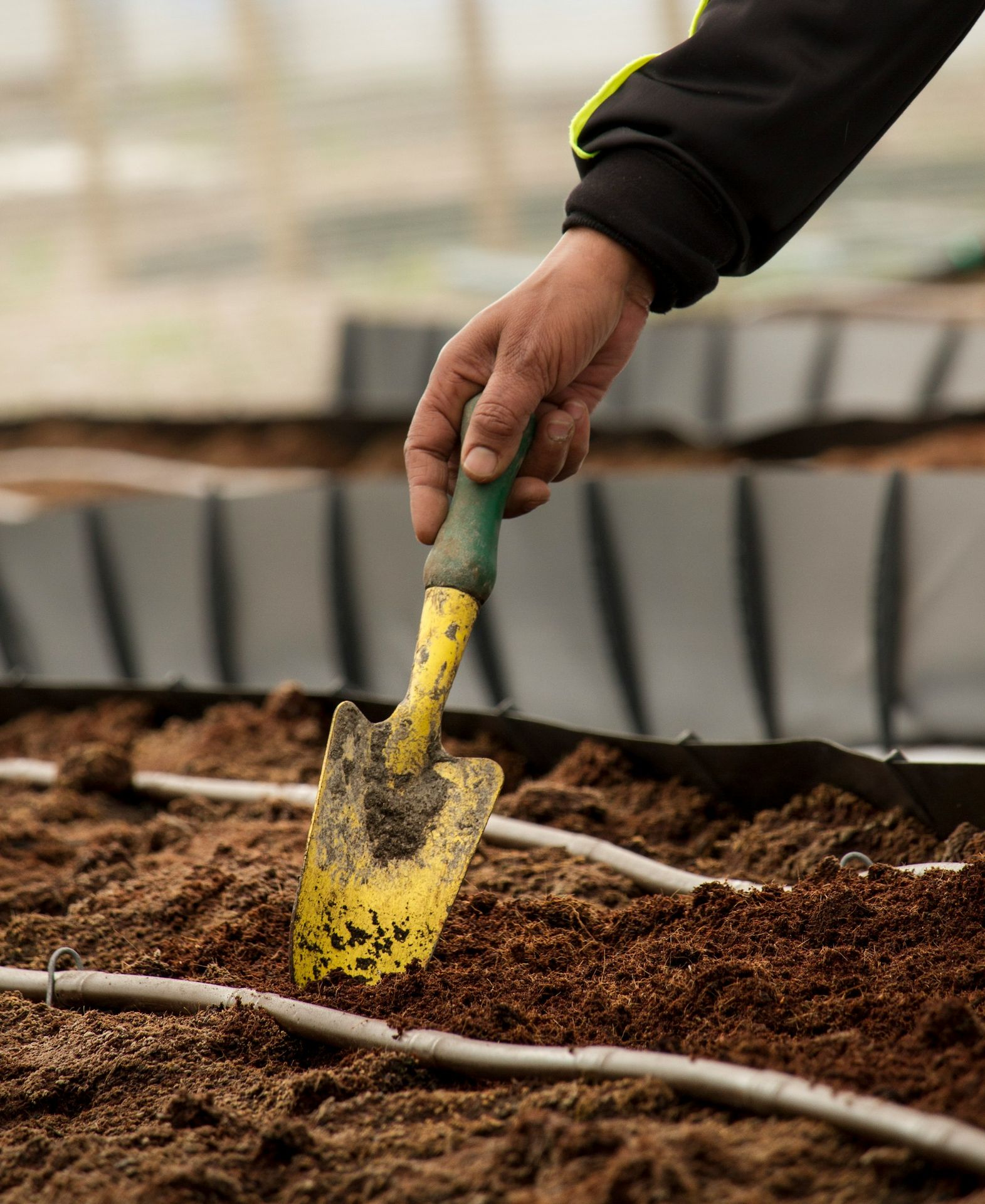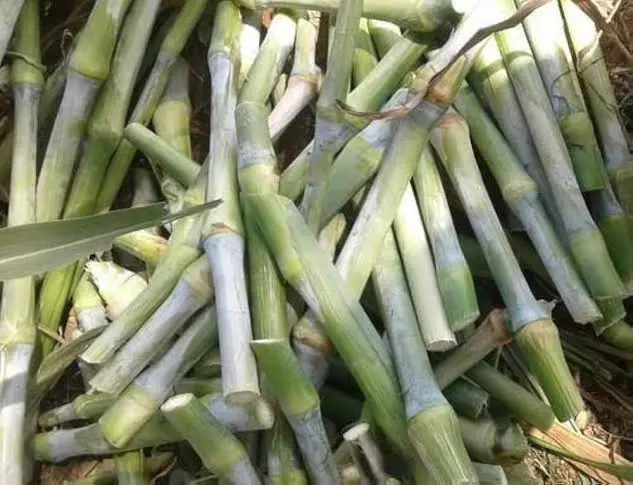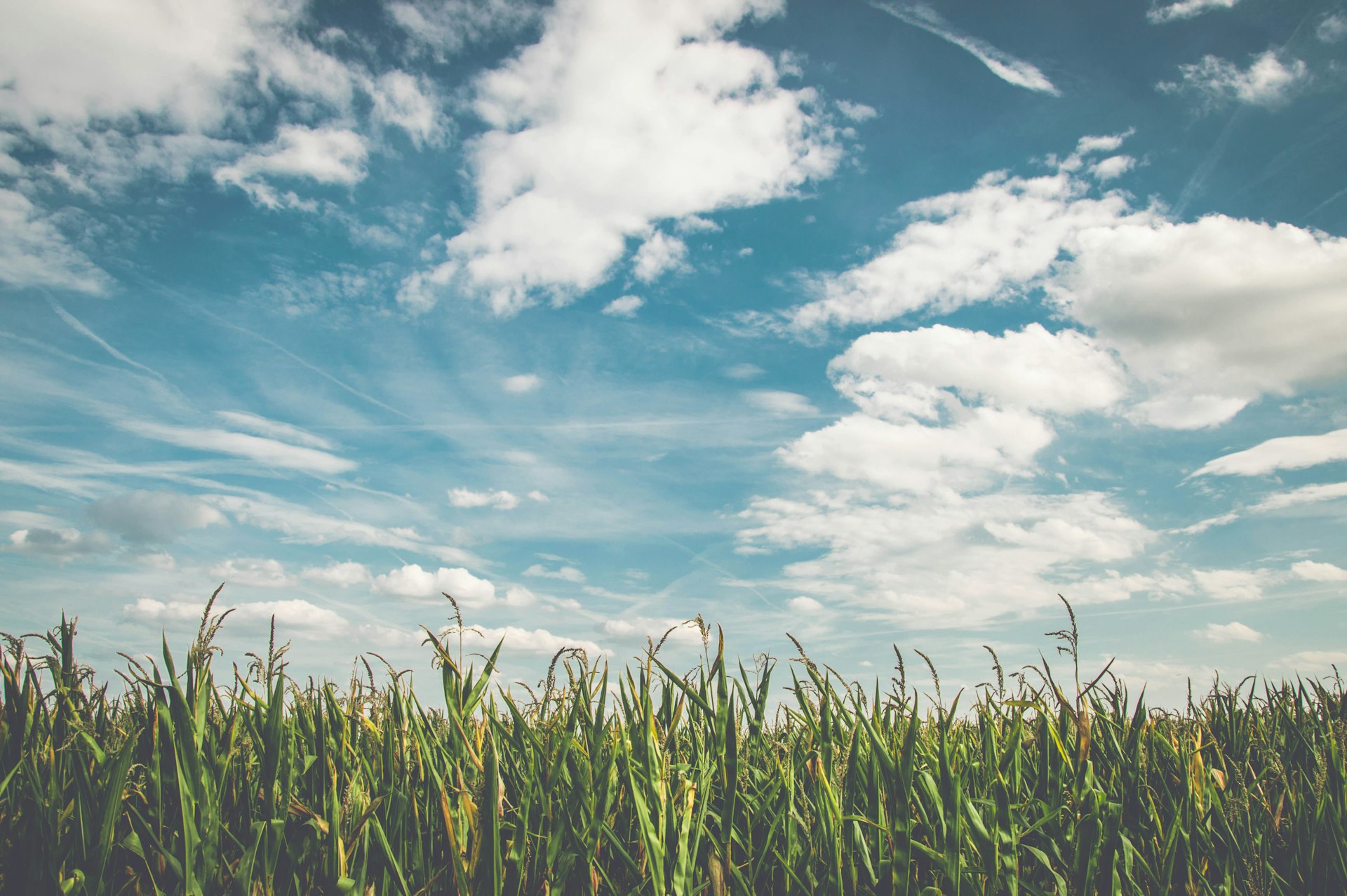Understanding Napier Grass
Napier grass, also known as elephant grass, is a high-yielding perennial crop that has gained significant attention in sustainable agriculture and renewable energy production. With proper management, it can produce substantial biomass year-round, making it an ideal feedstock for various applications, including compressed biogas (CBG) production.
Optimal Cultivation Practices
Soil Preparation
Success begins with proper soil management, including regular testing, pH adjustment, and maintaining optimal fertility levels. The soil should be well-draining while retaining adequate moisture for sustained growth.
Planting Techniques
Ultra-High-Density Plantation (UHDP) with 30,000-35,000 plants per acre maximizes yield potential. Proper spacing and row orientation optimize resource utilization and prevent lodging.
Water Management
Implement efficient irrigation systems such as drip irrigation or sprinklers to maintain consistent moisture levels while preventing waterlogging. Timely irrigation during dry periods is crucial for optimal growth.

Fertilization Strategy
Apply balanced fertilization with emphasis on nitrogen management. Post-harvest fertilization supports rapid regrowth and maintains high productivity levels throughout the growing cycle.

Pest and Disease Management
Implement integrated pest management strategies to control common issues like stem borers, aphids, and diseases such as downy mildew. Use resistant varieties and timely interventions for optimal protection.

Harvesting Protocol
Harvest every 60-75 days, maintaining a stubble height of 10-15 cm for optimal regrowth. Proper timing and cutting techniques ensure sustained productivity and quality biomass production.
Napier Grass for Compressed Biogas (CBG) Production
Napier grass serves as an excellent feedstock for CBG production due to its high biomass yield and favorable composition. The process involves:
- Consistent biomass supply through year-round cultivation
- High organic matter content suitable for anaerobic digestion
- Efficient conversion to biogas through advanced processing techniques
- Compression and purification to produce high-quality CBG
The advantages of using Napier grass for CBG production include:
- Sustainable and renewable energy source
- Reduced carbon footprint compared to conventional fuels
- Economic benefits for farmers through diversified income streams
- Contribution to energy security and rural development
Cost Management
Implement strategic cost-cutting measures through efficient resource utilization, bulk purchasing, and adoption of sustainable practices. Focus on optimizing labor usage and input efficiency.
Automation and Cost Optimization
Modern Farming Technologies
Incorporate automated systems for planting, irrigation, and harvesting to improve efficiency and reduce labor costs. Advanced technologies like drones and sensors optimize resource utilization.
Environmental Impact
Napier grass cultivation for CBG production offers significant environmental benefits:
- Carbon sequestration through perennial growth
- Soil conservation and improvement
- Reduced dependence on fossil fuels
- Sustainable land use and biodiversity protection
